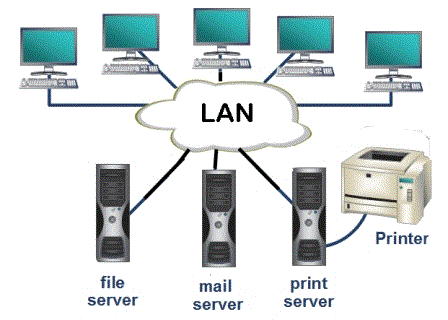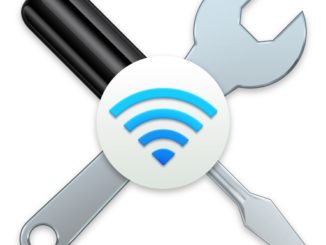
In this sub module we will discuss LAN Technologies. LAN Protocols function between the physical layer and the data link layer. The most common type of LAN technology is the Ethernet I-EEE connection. The IEEE 802.3 standard defines Ethernet protocols OSI’s MAC sublayer and physical layer network characteristics. Ethernet connections are often referred to in the following terms:
- Standard
- Fast
- Gigabit
- 10Gb
- 100Gb
The big difference between the different types of Ethernet is the speed at which they transfer information. With some multiplexing, broadband media carry many data signals on the same wire. The data is transmitted is divided into frames by the system. These frames are of following four types –
- 10 BaseT – It uses the twisted pair cable and carries 10 Mbps throughout the distance of 100 m maximum length.
- 100 BaseT – It functions at a rate of 100mbps speed. It is based on the CSMA/CD LAN access method.
- 1000 BaseT – It can reach up to 100 meters on the CAT5 cable. It can transmit 1000 megabits per second.
- 100BaseTX – Through 2 wire cabling it supports transmission at the rate of 100Mbps.
- 100BaseFX – Through two optical fibre cable, it supports 100Mbps transmission rate.
- 1000BaseX – It is also called Gigabit Ethernet and is a 1 Gigabit or 1000 megabit Ethernet standard.
- 10GBaseSR – It uses 50 microns multicode fibre cable and offer data transmission up to 10 Gigabits/second rate.
In a LAN the nature of data transmission is different from that of WAN. Here are some properties of LAN –
- Broadcast – In this for the entire computer connected in the LAN the data is moved around for the entire local network.
- Collision – If two different computers try to transmit data over the network cable simultaneously. Collision can corrupt the packets and no packet will reach to the destination.
- Bonding – It is taking multiple network interface cards and utilising them to form the same network connection. This helps in having increased bandwidth and increased redundancy. It is specially used for devices that are accessed a lot or have too much up time.
- CSMA/CD – It stands for carrier sense multiple accesses along with collision detection. It is the most commonly used MAC technique for bus/tree and star topologies. It formed the basis for IEEE 802.3 standard. With CSMA/CD, the amount of wasted capacity is reduced to the time it takes to detect a collision.
- CSMA/CA – It stands for carrier sense, multiple access, and collision avoidance. Its major application is in wireless networks and indicates that the computers wait until the ether is free.
There can be different components of wiring distributions. These include –
- Main Distribution Frame (MDF) – This is the main network rack and manages.
- Intermediate Distribution Frame (IDF) – Network racks connect to backbone.
- Demarc – Where ISP enters building.
- Demarc extension – Extension from demark to Main Distribution Frame (MDF).
There is some important network component about which we should know. One of these network components is a smart jack. A smart jack is a device located at the demark point and is common in T/E and PRI. Smart jacks transfer from ISP protocol to internally routable protocol.



